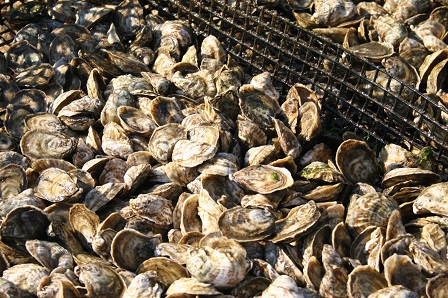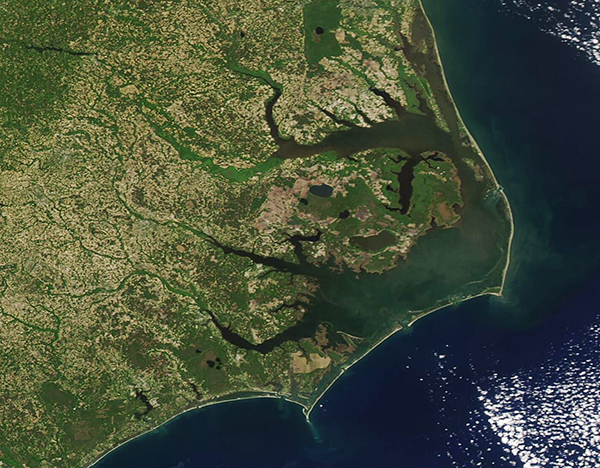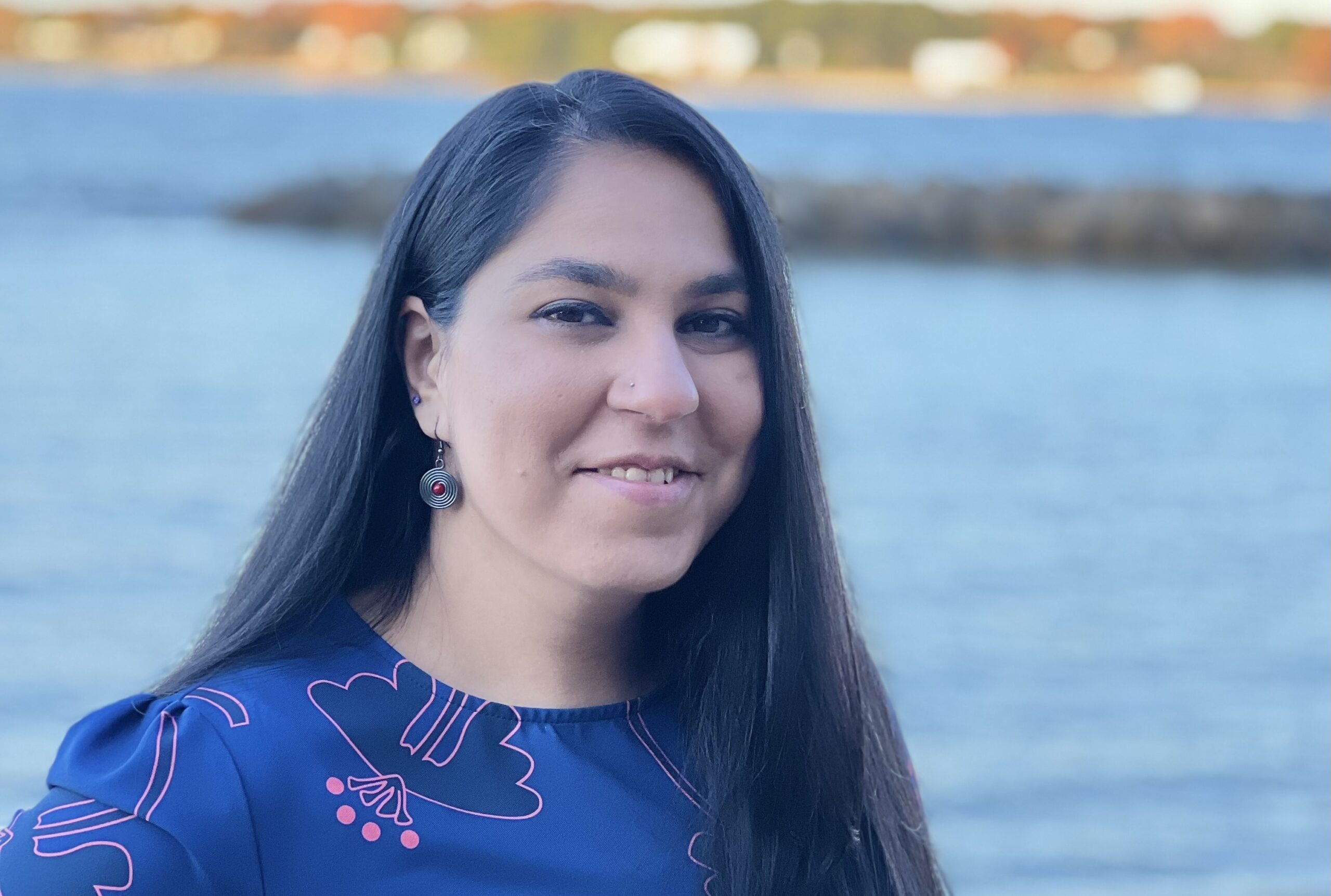NC Sea Grant Awarded National Aquaculture Funding
FOR IMMEDIATE RELEASE
Contact:
E-Ching Lee, 919-515-9098, eching_lee@ncsu.edu
Chuck Weirich, 252-222-6314, chuck_weirich@ncsu.edu
Posted Monday, August 10, 2015
North Carolina Sea Grant has received funding to help expand the state’s shellfish aquaculture industry. The award is from the National Oceanic and Atmospheric Administration/National Sea Grant 2015 Aquaculture Extension and Technology Transfer program.
“We’re pleased that North Carolina Sea Grant continues to provide a range of expertise to this growing industry. This product builds upon our ongoing work with partners to develop local broodstock, as well as gear choices and site selection,” says Susan White, North Carolina Sea Grant executive director.

Chuck Weirich, North Carolina Sea Grant marine aquaculture specialist, will lead the project. NOAA funding is approximately $290,000 over two years. Matching funds from Sea Grant and its partners will bring this total to just over $440,000.
He will collaborate with David Cerino at Carteret Community College, Ami Wilbur and Troy Alphin at the University of North Carolina Wilmington and Sea Grant Seafood Technology and Marketing Specialist Barry Nash. The project also will support two UNCW graduate students and several undergraduate students enrolled in the aquaculture program at CCC.
“I am excited to see this partnership with academic and industry groups that will expand and diversify the shellfish aquaculture industry in North Carolina, as well as offer technology transfer opportunities, during this project and beyond,” Weirich says.
Together with Cerino, he will establish a shellfish aquaculture demonstration center on the shared campuses of CCC and NC State University’s Center for Marine Sciences and Technology in Morehead City. Another will be located adjacent to the UNCW Shellfish Research Hatchery, which Wilbur directs.
“These centers will serve as testing sites for various types of shellfish production methods, including off-bottom culture gear, such as float bags and long-line systems. We also plan to use these locations to conduct workshops and hands-on training for new and established producers,” Weirich explains. “I expect that the demonstration centers will become permanent fixtures and excellent resources for North Carolina’s shellfish aquaculture industry.”
In addition, Weirich, assisted by several commercial shellfish producers at varied coastal locations, will conduct field trials to evaluate various gear types for oyster culture. These industry partners also will help determine the performance of local oyster strains developed by Wilbur, as well as assess the potential of sunray venus clam culture to diversify the state’s shellfish aquaculture industry.
Alphin will provide training sessions and evaluate plankton productivity at shellfish production sites.
Nash will explore the existing market for shellfish and assess the scale to which demand can be developed. In addition, he will begin exploring how to create value-added products with shellfish as the main ingredient.
North Carolina Sea Grant received a NOAA Aquaculture grant in 2010 that resulted in the development of the N.C. Shellfish Siting Tool by Alphin and other UNCW partners. The grant funding also enabled a survey of current and potential shellfish aquaculture growers in 2011, and a learning tour for some individuals looking to start their own operations.
The National Sea Grant College Program regularly administers competitive grant programs to support aquaculture research, extension and technology transfer. For the full list of 2015 winners and more on this program, go to seagrant.noaa.gov.
###
North Carolina Sea Grant: Your link to research and resources for a healthier coast
- Categories:


